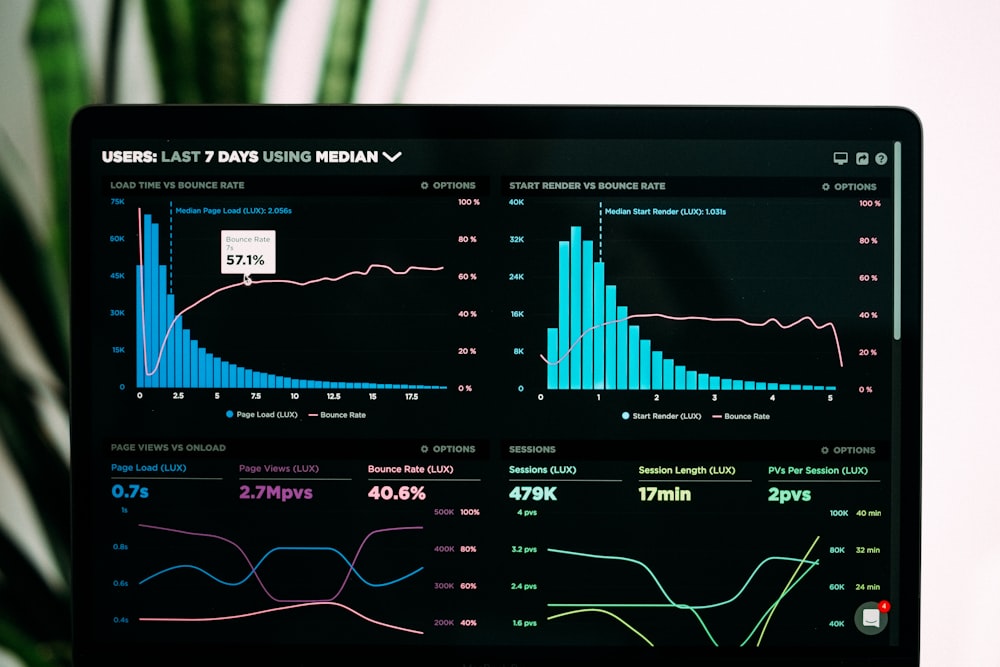Hawaii Website Design – Tips in Achieving a Minimalistic Web Design
Today, web design tends to focus more on good user experience. Therefore, designers need to create websites that are functional. If you want to have an attractive yet functional website, I suggest going for a minimalistic approach. As a result, it can simplify and improve the overall user experience. If you want to learn more about improving user experience, refer to Tips on Improving User Experience and Increasing Conversions.
What Is Minimalist Web Design?
Currently, minimalism is a powerful technique when it comes to modern web design. A lot of people have been going for a minimalist looking website because the more elements a design has, the more complex it looks to a user. Just like what I said on Principles of a Good Website (Part 1), strive for simplicity instead of complexity. When minimalistic approaches are applied correctly, it can help in simplifying users’ tasks.
A minimalist web design seeks to simplify user interfaces by getting rid of unnecessary elements and content. To be able to create a truly minimalist interface, a designer should show the users what is essential. According to a study conducted by EyeQuant, it suggests that websites with clean designs have lower bounce rate. So, if you are someone who has issues with bounce rate, it may be best to switch to a minimalist web design.
When it comes to a minimalist web design, the most important feature is negative space (or white space). If you want to know how you can achieve a minimalistic web design, here are some tips you can follow:
-
Follow the “one concept per page” rule.
The central idea of minimalist philosophy is to design around the content. This doesn’t only get rid of distractions, but also gives emphasis on what’s important. When you have a strong focal area, it makes the message clearer.
-
Get rid of all unnecessary words.
When it comes to minimalism, you don’t need a lot of words. You have to be able to communicate with users concisely. When you design, keep only what is needed to explain your message.
-
Ensure easy navigation for users.
One of the top objectives of web design is easy navigation. A user should be able accomplish tasks easily and without distraction. If you design minimalist websites, make sure visitors can easily find what they need. If a user can easily find what he is looking for, it is more likely that he will stay on your site longer.
RELATED: How to Keep Your Audience Stay Longer on Your Website
-
Don’t be afraid to use animation.
Good UI animation is meaningful and functional. So, when it comes to having a minimalist web design, animation is your best friend. Just make sure to keep it subtle. When you incorporate animation, it makes it fun for users to interact with your website.
In conclusion, less is really more. So, when you want to achieve a minimalistic web design, always avoid anything unnecessary to the function. Remember that when you go for minimalism, clarity and functionality should always be present. When you combine of usability and aesthetics, you will have an attractive and functional website. If you want to know how you can improve your website, read Website Investments You Should Spend On (Part 1).










